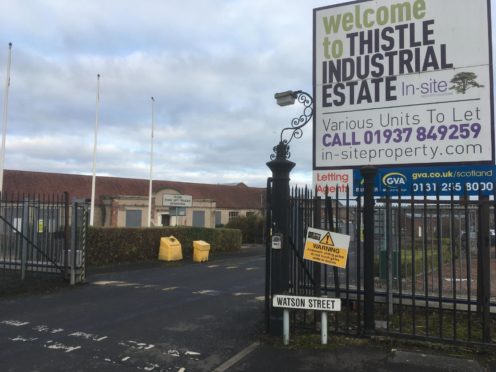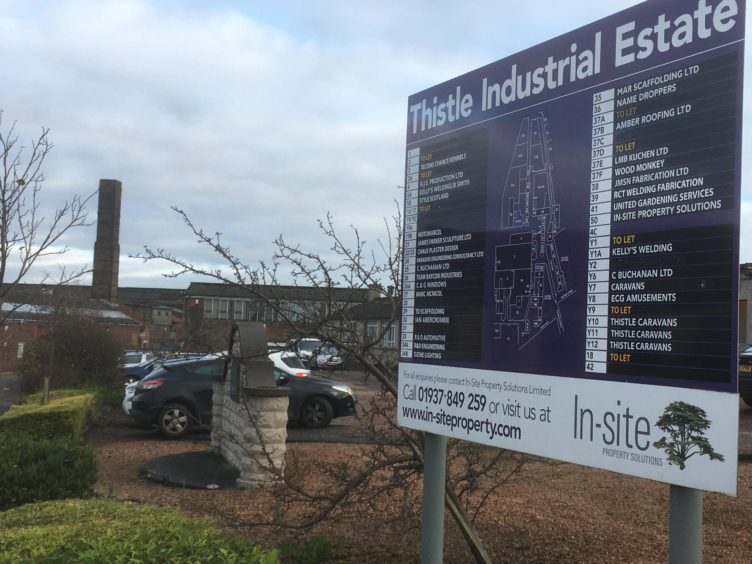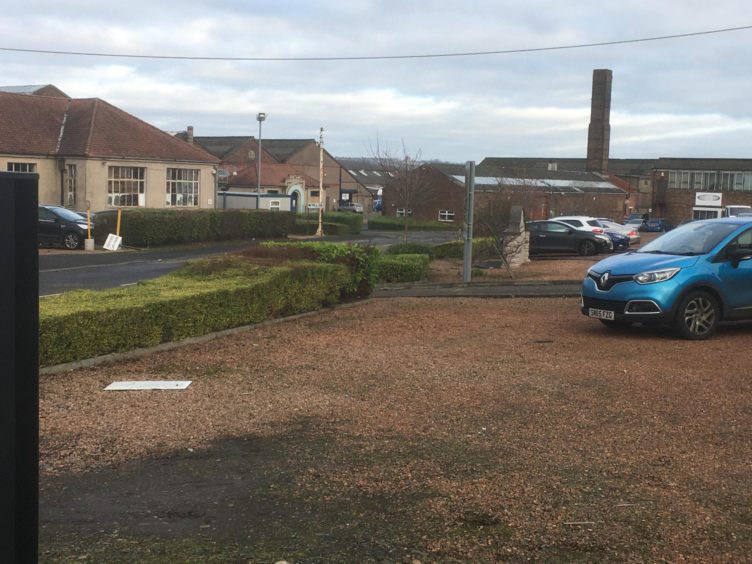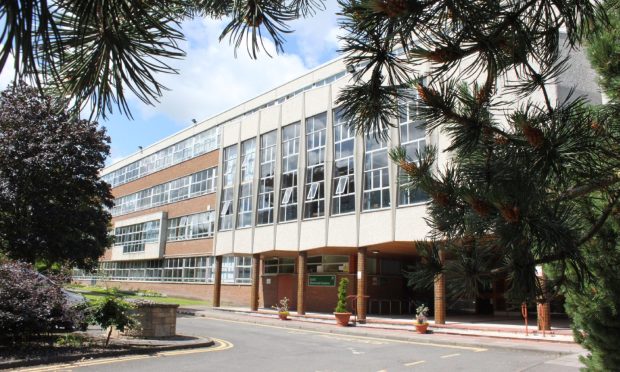Ambitious plans to breathe new life into a dilapidated former Coal Board site in Fife have been given the green light by planners.
In-Site Property Solutions Ltd’s proposed regeneration of the dilapidated Thistle Industrial Estate in Cowdenheath has gained planning in principle at a meeting of the Central and West Planning Committee.
The decision to approve the application will involve splitting the 7.6 hectare site into a mix of residential homes, accessed via Church Street and separate, new industrial space accessed through nearby Seco Place.
Despite the area being safeguarded as employment land as part of the FifePlan, it was agreed allowing a mixed development would offer the most viable solution for the aging site.
“The proposed development would involve redevelopment of brownfield land within the settlement boundary of Cowdenbeath on an industrial estate which currently houses a high proportion of vacant units which are past their useful life,” said planning officer Katherine Pollock.
“The applicant has demonstrated that the site and buildings have been extensively marketed with limited success due to the age, condition and configuration of the units which do not meet the modern requirements of potential occupiers.”
In all, 159 new two, three and four-bedroom, two and three-storey homes will make up approximately 70% of the former National Coal Board site, which has in recent years operated as an industrial estate but struggled to attract sufficient tenant numbers, with 35 of the 56 buildings having lain vacant.
Many of the buildings, most of which date back almost 100 years to when the site was built in 1925, will be demolished to make way for the new development, while existing tenants will be accommodated within the new commercial part of the redevelopment.
However, part of the plan also includes retaining a number of period features including several brick-built buildings and a chimney stack within the new proposed development.
Councillors unanimously granted planning in principle for the site, subject to a number of conditions, one of which was that a public art strategy should reflect the mining history associated with area.
Councillor Bobby Clelland, said: “Given the history of the site dates back 100 year and was formerly NCB and before that Fife Coal Board operated, it would be fitting if that history could be represented in any eventual public art.”












